It takes thousands of people to build a lunar spacecraft, let’s meet them and see what they do. Today we let Emmanuel Gogibus from ArianeGroup introduce himself:
My name is Emmanuel Gogibus, part of Ariane Group company, and I am the Solar Array Drive Assembly (SADA) Technical Authority and Solar Generation System Functional Chain (SGS FC) architect. The SADA are the electronics and mechanisms that allow orienting the solar panels of the European Service Module in the correct direction and to transmit power down to the vehicle. The SGS FC describes how to use these elements and monitor them. By that, I was as well involved in the Artemis I mission European engineering team to follow these elements.
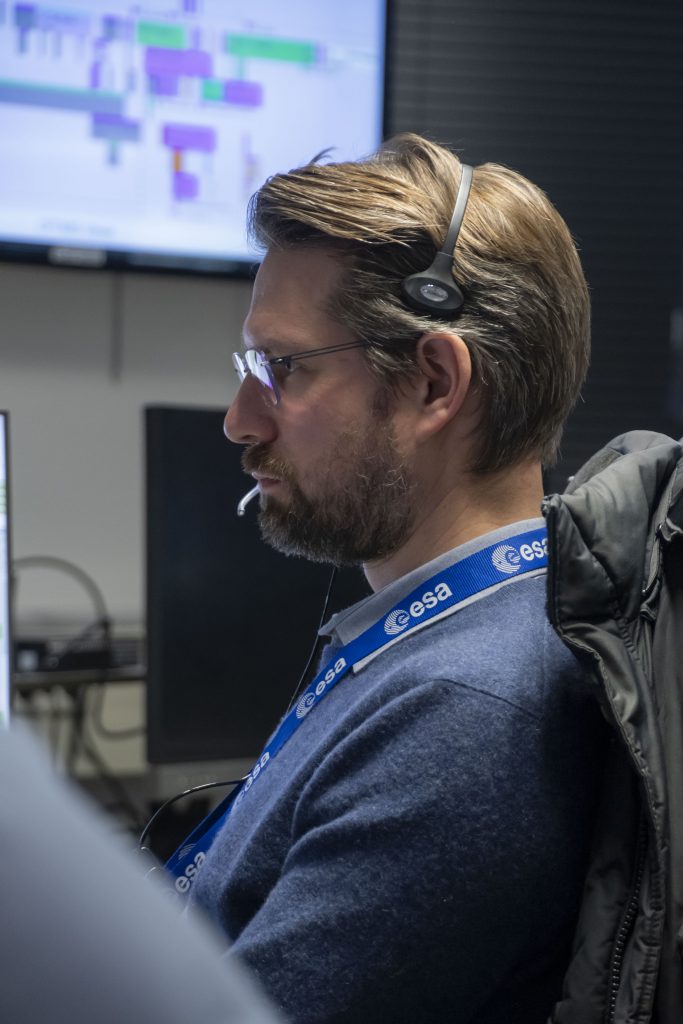
How long have you been involved in European Service Module’s development and what were/are your tasks?
I have been involved for more than 10 years in the project, always inside Ariane Group. As SADA TA, I have followed the development, qualification and flight model manufacturing of the equipment produced by RUAG and Thales. I was their contact point for all technical topics related to System aspects. And vice-versa, I was the contact point at system level for all technical questions on the SADA. As SGS FC architect, I designed and tested how the different elements needed to manage the solar panels have to be operated and monitored. This means ensuring the equipment integrated on the European Service Modules work as expected. All this experience was key to be able to monitor the elements during the Artemis I mission, in which I was involved at ESA’s ESTEC control room in Netherlands.
What is your educational background and prior work experience? How did you come to work on the European Service Module?
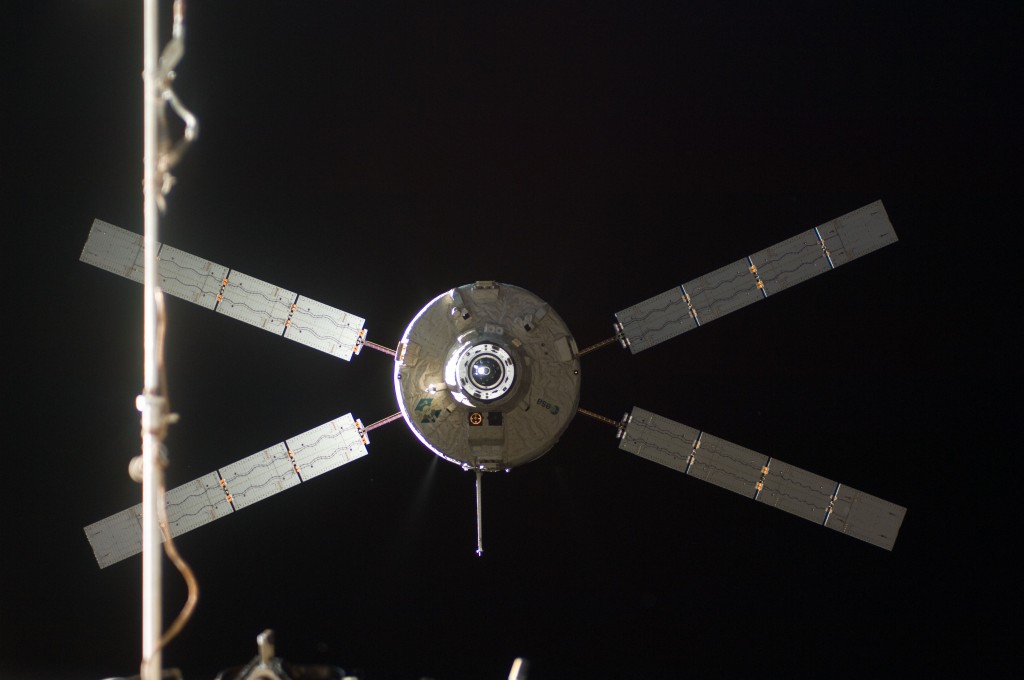
I graduated as engineer in 2006 at the Ecole Centrale Paris, France, with a focus on aerospace. I then directly entered Ariane Group (called EADS at that time) and worked on guidance navigation and control fields on the Automated Transfer Vehicles (ATV), participating in the ATV-2 mission monitoring as well. I also worked on guidance navigation and control for Ariane 5 as well as on some advance studies. I then moved on to the SGS FC chain of ATV and managed the Assembly Integration and Testing of the SADA elements and the solar panels for the next and final three ATVs. By the end of the ATV project, I had already worked on European Service Module thruster positioning studies and I naturally continued with SADA and SGS FC on ESM.
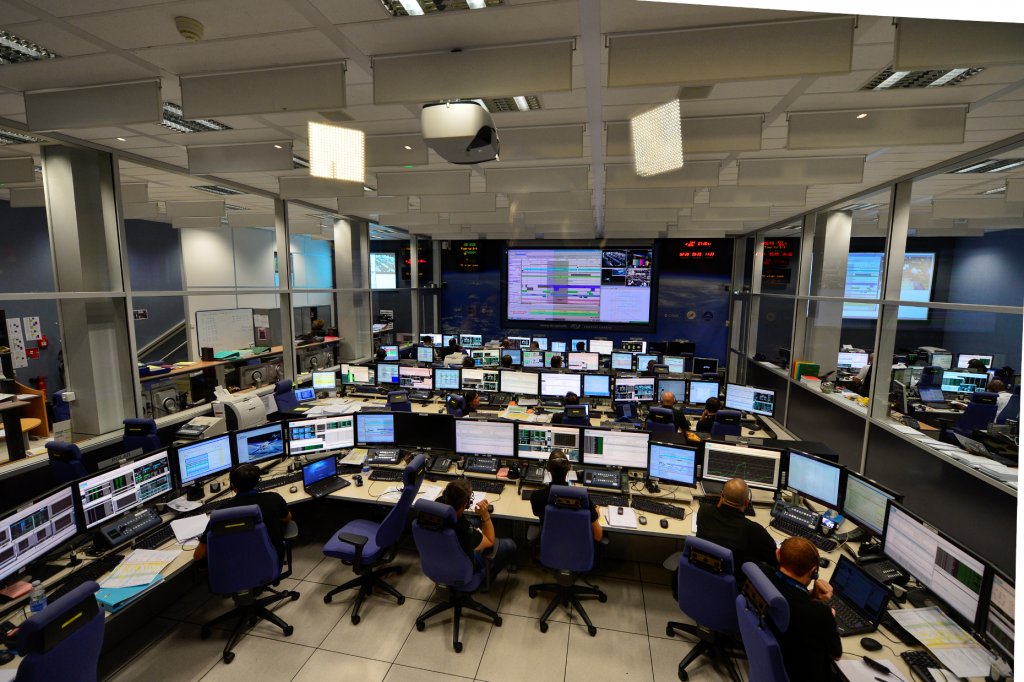
What is the most notable or memorable moment during your time working on European Service Module?
The launch and the first hours of flight remain as the most feared, while also most exciting moments. Even though we do everything possible to make sure the mission is a success, we know that the complete party could be cancelled by any tiny unexpected issue occurring on ground or during the launch which would have been a huge disappointment for all the teams as we wouldn’t have even be able to see how our “baby” works. And on the other side, as soon as launch is complete and the European Service Module is on its way, there are so many things to check at the same time that we have no real time to enjoy the moment. These hours with so many mixed feelings will be long remembered.
I think that what I would most keep in mind is the live stream from the European Service Module cameras of the vehicle, our Moon and Earth all together on the same scene. Seeing Orion moving at the same time as we were actually commanding it, watching Earth playing hide and seek with the Moon was very rewarding.
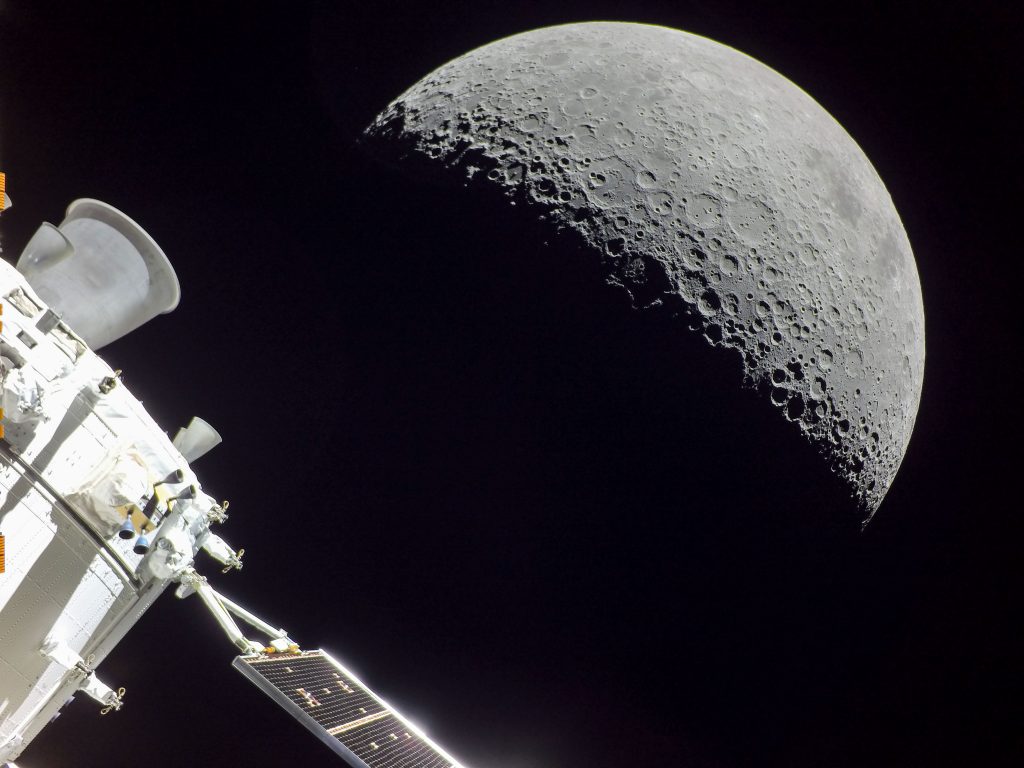
What does it mean to you to be part of the larger team offering humans a place to stay around the Moon?
As I had already worked on the Automated Transfer Vehicles that embedded many people from many companies and many countries, I was already aware that the space business is full of people that share a common passion and dedication to make sure everything is designed, manufactured, and tested for a successful mission. For the European Service Modules we are part of an even larger project, with NASA and US counterparts, and knowing that astronauts will actually be on board, that it will be their only spacecraft for the complete mission and they need to be brought back safely, sets our own expectations a step higher. We can see that our US colleagues have the same high expectations as us and feel the same pride of being part of a project that brings humankind a step further in space exploration.
What is one thing you’d like the European public to know about your job?
I think that having the opportunity to work with people feeling the same enthusiasm for space in general is one of the best aspects of my job. Their engagement in the project is a key for its success and not a minor contributor to the final quality of the product. And seeing that the others have the same mind set is encouraging.
The technical challenges that we always need to face, considering the extreme environmental conditions, strong constraints on mass, with high expectations on performance, boosts our curiosity and is strong motivation.
Do you have any advice for future generations interested in space exploration?
As mentioned in the previous answer, space exploration business is a place where people are passionate and where technical challenges are motivating. Besides, this is one of the key fields where, as already in the past, future progress and scientific discoveries will be done that will benefit humankind. And this is not overselling it when we see all the scientific research still taking place up there in all fields. Do not believe that space business is not interested in supporting our understanding of Earth. It is! And it will be a key contributor to help us understanding and fighting global warming. So, don’t be afraid to join us!
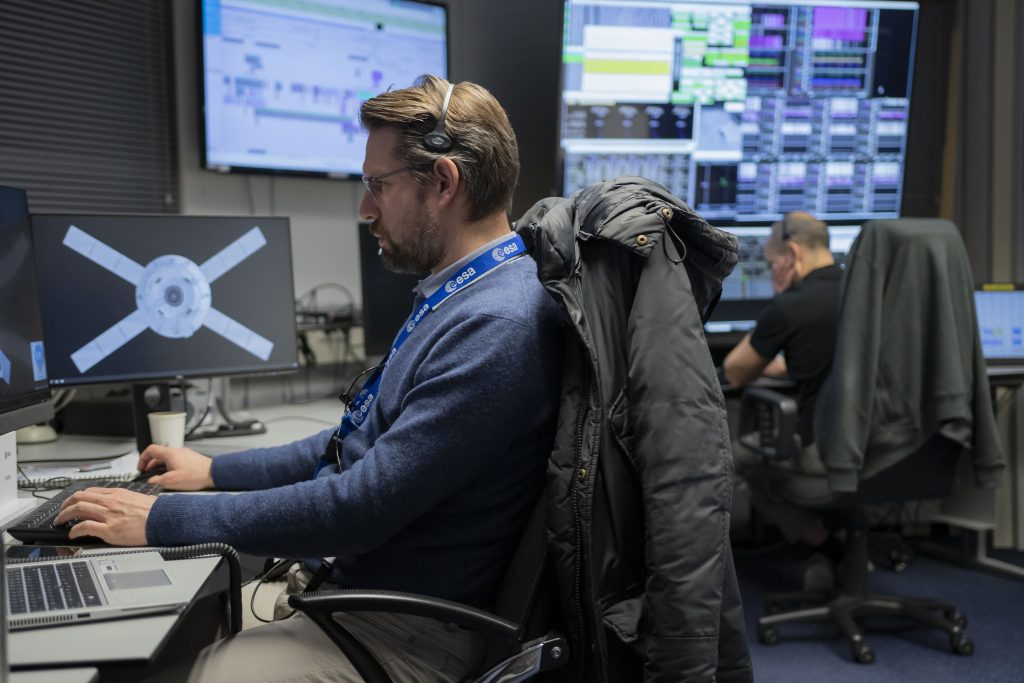

 Automated Transfer Vehicle page
Automated Transfer Vehicle page ATV blog archive
ATV blog archive
Discussion: no comments